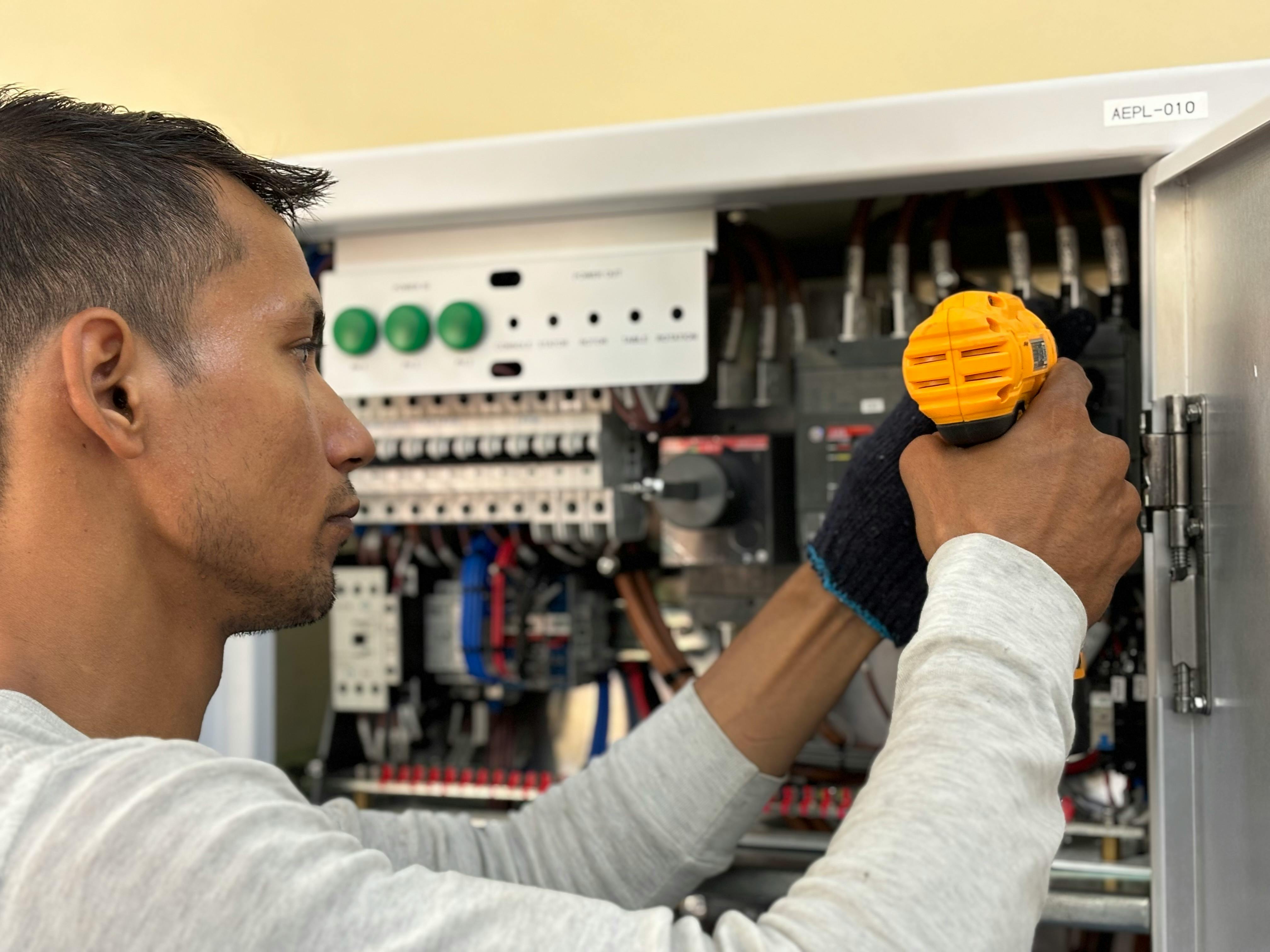Why Mold Inspections Are Becoming a Must-Have in California Home Sales

If you’re selling a home in California, it’s no longer enough to just stage the property and schedule a home inspection. Buyers now expect a mold inspection as part of the process. With the state’s wet winters and risk of mold growth, ignoring this step could lead to lost offers or lower property value. By addressing mold issues early, you can build trust with buyers and prevent costly delays.
That’s where Golden State Mold Inspections comes in. Serving both residential and commercial properties across Los Angeles, especially coastal areas where damp conditions make buildings prone to mold growth, they specialize in detailed inspections and comprehensive reports. While they don’t perform removal, their expert evaluations give property owners the knowledge they need to take action with confidence.
The Impact of California’s Climate on Mold Growth
California’s diverse weather plays a major role in indoor mold growth. While hot summers may feel safe, the heavy rains during winter can quickly create breeding grounds for mold. Even a small leak can allow mold spores to spread and form visible mold in hidden areas.
To prevent mold, homeowners should improve ventilation, use a moisture meter to track humidity, and schedule regular mold inspections in areas prone to mold growth, like bathrooms and basements. Golden State Mold Inspections helps identify these hidden risks so you can address them before they become serious mold problems.
Health Risks and the Need to Inspect for Mold
The presence of mold is not just an eyesore; it can also create serious health risks. Mold can cause coughing, asthma flare-ups, and long-term issues with indoor air quality. In fact, the Department of Health warns that even small traces of mold may affect children and those with weak immune systems.
When you inspect for mold with Golden State Mold Inspections, a certified mold professional conducts a visual inspection and, if needed, air samples to determine whether mold is growing. If you suspect mold in your property, their thorough inspection services will provide the evidence of mold you need to make the next move.
Mold Testing and the Inspection Process
A thorough inspection process goes beyond what a home inspector usually checks. A professional mold inspection may include sampling, laboratory testing, and tools that provide a better look at hidden areas.
The testing process often involves mold detection through swabs, testing services, and includes testing for indoor air conditions. Testing for mold helps confirm if mold is growing behind walls or under flooring, where you can’t easily see it. Although testing adds an additional cost, it ensures accurate results.
Golden State Mold Inspections is known for its clear reporting system, helping property owners in Los Angeles and surrounding coastal communities understand exactly where mold is present and how extensive the issue may be.
Mold Inspection vs. Mold Testing: What’s the Difference?
When comparing mold inspection vs mold testing, it’s important to understand their roles. An inspection focuses on identifying whether mold is present and where it may spread, while testing and inspection together measure how much mold is in the environment.
Some inspection services stop at confirming a mold problem, while others also perform mold inspection and testing for a more complete mold assessment. Both are valuable, especially if you’re buying a new home and want it free from mold before closing. Golden State Mold Inspections provides both inspection and testing, ensuring you receive a complete picture.
Financial Effects and Mold Inspection Cost
For a property owner, the cost of a mold inspection is small compared to the impact mold can have on a sale. A typical mold inspection cost varies depending on the size of the home and whether testing services or sampling are needed.
Skipping this step could lead to bigger expenses with a mold remediation company if extensive mold or mold issues are discovered later. Even if you hire a remediation company for mold removal, buyers may lower their offer due to concerns about mold and moisture lingering in the house.
By working with a trusted mold inspection company like Golden State Mold Inspections, you ensure that all inspection services meet proper standards for mold, giving buyers the confidence to move forward.
Benefits of Getting a Mold Inspection Before Selling
A professional mold evaluation before listing can make your home more attractive on the market. By addressing mold issues upfront, you avoid surprises during home inspection reports. Buyers gain confidence knowing a mold inspector has already confirmed the property is free from mold.
When you get a mold inspection with Golden State Mold Inspections, you also reduce the risk of last-minute negotiations or delays. Many inspection companies now recommend regular inspections, since mold inspections are a good safeguard for both sellers and buyers.
Protect Your Property Value With Trusted Mold Inspections
California’s climate means mold in your house is more likely than many sellers realize. Whether you’re trying to get rid of mold, improve indoor air, or protect your property value, scheduling professional mold inspection services is the smartest move.
Golden State Mold Inspections stands out as Los Angeles’ go-to team for residential and commercial inspections, especially in coastal cities where mold is likely to grow due to humidity. They don’t do remediation, but they provide the detailed inspection report you need to work with a remediation company if required.
For peace of mind, healthier living, and stronger offers, always perform a mold inspection before selling. With Golden State Mold Inspections, you’ll have expert inspectors, clear reports, and the confidence to move forward. Contact us today to schedule your professional mold inspection and protect your property.
Golden State Mold
204 Lomita St, El Segundo, CA 90245
(310) 525-0619





